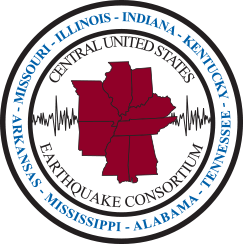A home survival kit is a valuable tool to keep your family safe in the event of any emergency, including earthquakes. A well supplied home survival kit will allow you to eat, administer simple first aid, receive emergency information, and more. Your kit can be stored in your garage or backyard storage shed. Make sure that it will be accessible in an emergency. In addition to the home survival kit, you will want to have a personal emergency kit in case you have to leave your home quickly.
33-Gallon plastic trash barrels and stackable containers with lids make excellent storage bins for your home survival kit. Some are available with wheels, and can be purchased at your local hardware or big-box store. Your containers or barrel should have tight fitting or latching lids to keep insects or household pets from disturbing your supplies.
Some general pointers about making a disaster preparedness or home survival kit are:
- Store your emergency supplies in quantities sufficient to meet the needs of your household for at least two weeks.
- Do not store food items in areas subject to extreme temperatures during the year.
- Customize your kit to include items for pets, emergency contact information, and account numbers for utilities, banking, insurance, etc.
- Check your kit at least once a year to make sure it is up-to-date.
Recommended contents for a home survival kit:
GENERAL SUPPLIES
– Water (1 gallon per person per day)
– First Aid Kit (ample, freshly stocked)
– First Aid Manual (know how to use it)
– Food (canned or individually packaged & precooked)
– Infant Food (canned or precooked)
– Manual can opener
– Blankets or sleeping bags for each family member
– Critical medication and eyeglasses
– Fire Extinguishers (dry chemical, type ABC)
– Flashlight (spare batteries and bulbs)
– Watch or clock (battery or spring wound)
– Dust Masks
– Portable Radio with spare batteries
– Spare Cash
– Duct Tape
– Basic Tool Kit
COOKING SUPPLIES
– Grill (use OUTSIDE ONLY – charcoal or sterno)
– Small Pots & Pans w/utensils
– Plastic bags (various sizes)
– Paper plates, plastic cups and utensils, paper towels
SANITATION SUPPLIES
– Large plastic trash bags (for trash, waste, water protection)
– Ground cloth or tarp
– Toiletries (personal hygiene supplies, toilet paper, feminine supplies, soap, etc.)
– Infant supplies
– Chlorine bleach and powdered chlorinated lime (add to sewage to disinfect and keep away insects)
– Newspapers (wrap waste and garbage)
